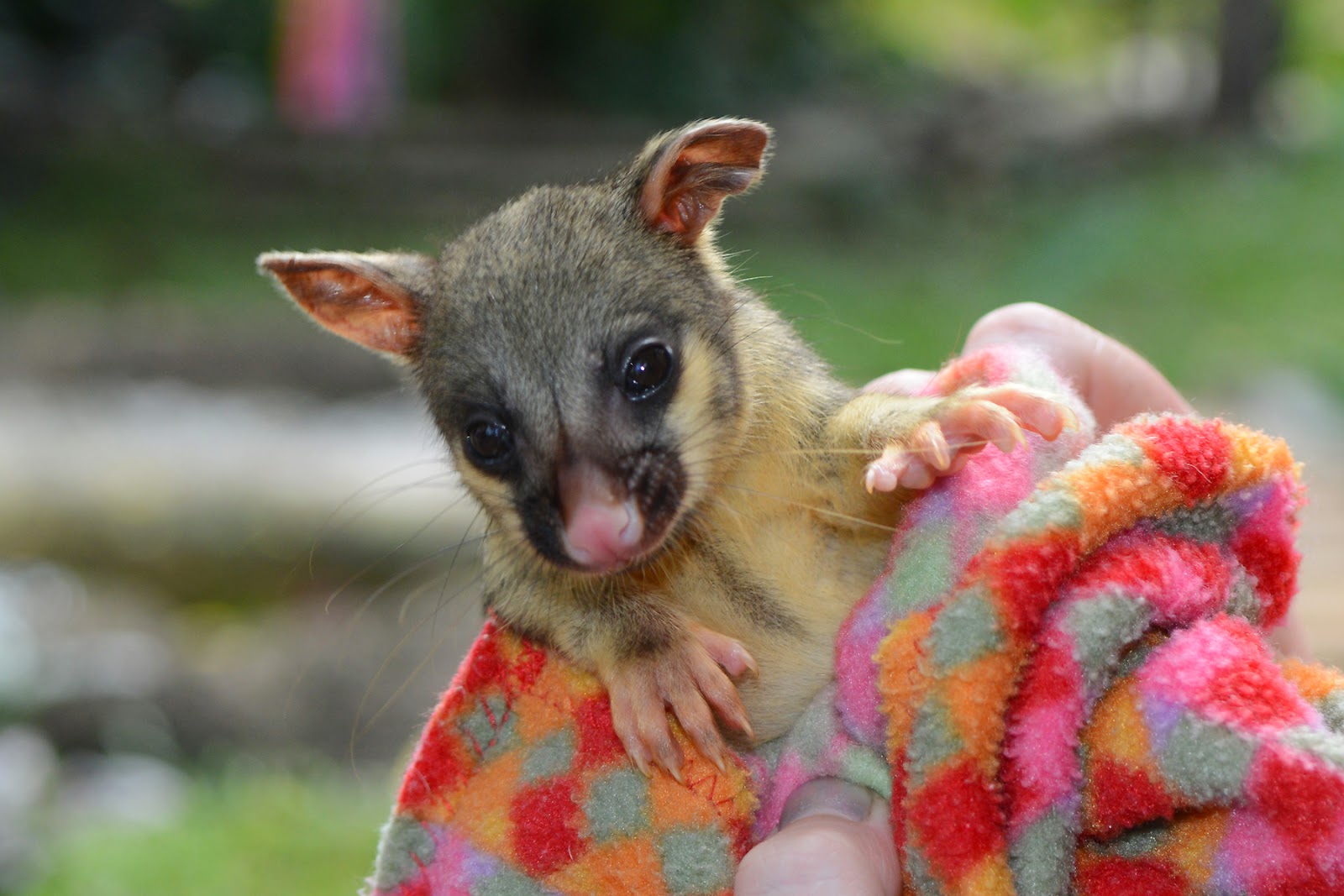One of the highlights of
the Zoonoses meeting was learning more about Bartonella species, a stealthy bacteria responsible for some really
serious infections in both humans and animals.
Professor Ed Breitschwerdt,
a world-renowned Bartonella expert based at the Centre for Comparative Medicine
and Translational Research at North Carolina State University College of
Veterinary Medicine (try saying that without taking a breath), discussed the
ins and outs of Bartonella and
related disease (bartonellosis) – and it’s disturbing implications.
- It’s hard to diagnose. The presence of the pathogen doesn’t imply causality – and isolating this stealthy intracellular parasite is challenging in the first place. Coinfection is common so it can be hard to determine which strain(s) are causing the problem. And it can take months from inoculation of a growth medium until isolation.
- Absence of the pathogen doesn’t prove clearance or treatment success.
- It is associated with a spectrum of disease ranging from the not so serious to the very life threatening/deadly variety. It is also a possible cause of immunosuppression.
- It can be transmitted by loads of vectors from fleas to ticks to sand-flies and spiders, as well as bites and scratches from animals (e.g. the notorious cat scratch disease).
- It occurs in just about every species anyone looks for it in – companion animals, wildlife, farm animals and humans.
For me, as a companion
animal veterinarian, the key messages were these.
- Bartonella carriage is yet another reason we need to ensure that we control fleas as much as possible in companion animals. Fleas can spread disease, including bartonellosis.
- As veterinarians we need to protect ourselves. We are fortunate in that many pathogens we deal with aren’t transmitted by needle-stick but Bartonella species (eg vinsonii) can be. But there are so many ways we could catch it at work – including being bitten or scratched by a patient, or indeed that patient’s parasites.
Professor Breitschwerdt wrote a fascinating and very moving paper about his own dad suffering from
bartonellosis. Because of his career interest and experience in isolating these tricky bugs, doctors allowed Professor
Breitschwerdt to try to isolate the organism when they could not. He managed to
isolated several Bartonella species,
including an as yet undescribed sequence. Unfortunately Mr Breitschwerdt senior
succumbed. But this paper provides a very accessible introduction to Bartonella spp and gives a sense of just how complex it can be. If you want to read more
check the reference below. One thing that is concerning is that the more scientists look for pathogens in fleas and ticks, the more they found. So rich an area is this for mining that at least three prominent scholars called for fleas and ticks during their presentations at the zoonoses meeting. When infectious diseases physicians start requesting parasites, you know you want to avoid those parasites!
 |
| Are black kittens being discriminated in photos because they don't look good in selfies? What is wrong with the world!!! |
Meanwhile from the jungle
that is the internet came this shocking article claiming that one reason for
black cats not being rehomed is their lack of photogenicity in selfies. One the
one hand this sounds trivial and kind of funny. But it would be disappointing
and horrifying if this really is true, and it is one of those arguments that is
disturbingly plausible enough. The crux of the story is that human whims can
mean life of death with animals – which very sadly is the case. We need some
sort of whim control – reflection on our own decision making and judgement – to
overcome these kinds of situations.
 |
| Not that hard to photograph! |
Of course if you have a
black cat there are plenty of ways to take a nice photo, including overexposing
just a little (is it time for an animal-friendly camera company to include an
app/setting on cameras for all black pets?).
Check out our previous posts on the war on fleas - http://www.smallanimaltalk.com/2014/04/three-things-i-learned-rethinking-flea.html and http://www.smallanimaltalk.com/2014/01/fleas-are-more-than-nuisance.html
Reference
Breitschwerdt EB, Maggi
RG, Belen Cadenas M and de Pavia Diniz PPV (2009) A groundhog, a novel Bartonella sequence, and my father’s
death. Emerging Infectious Diseases
15(12):2080-2086.







